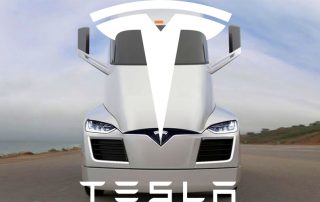| We continue discussing performance measurement and this week we look at service industry performance measurement.
It is quite difficult to measure performance management for service industries for several reasons:
· Production and consumption of the service happen at the same time.
· A service cannot be stored. It must be provided when the customer wants it.
· Goods manufactured may be identical but the quality of service varies from service to service. The quality of a service can depend on several factors; i.e., talent, skill, passion for the job, work environment, disposition etc. This makes it difficult to measure the quality of a service.
· A service has no physical features. Customers can pinpoint physical aspects and attributes of a product that they believe add value. For example the slick looks of a sports car; the curves and contours, the headlights, brakes, exhaust and engine sound.
Fitzgerald and Moon came up with the Building Block Model as a framework for service companies. It helps in designing a system for performance evaluation. There are three blocks of this model; –dimensions, standards and rewards.
Dimensions are aspects of performance which must be measured. Organisations need to identify performance measures using six dimensions, which are similar to the four aspects of the balanced scorecard. These are:
1. Financial Performance
2. Competitiveness
3. Quality
4. Resource Utilisation
5. Flexibility
6. Innovation
Quality, resource utilisation, flexibility and innovation impact future results, whilst financial performance and competitiveness result from past decisions.
Standards: Targets are then set for managers based on three measures:
1. Ownership –managers should believe in the targets. Participatory budgeting motivates managers to perform.
2. Achievability –targets should be challenging but also achievable. If too high, managers will be too motivated. Those responsible for results will always push for easier targets so there has to be a delicate balance.
3. Equity –standards throughout the whole organisation should be uniform. Managers or employees should not individually negotiate targets as those more persuasive will always end up having easy targets.
Rewards Schemes: Performance can be linked to reward schemes by paying managers or employees bonuses if they meet the targets. The following principles apply:
· Clarity –employees must understand how their performance is being measured.
· Motivation –bonuses should be adequate enough to motivate staff to perform and reach the targets. They should be linked to performance so that they do not become an entitlement.
· Controllability –managers’ performance should be measured within their locus of control.If they can’t control an aspect of company performance, then it will be unfair to use it to measure their performance. |



